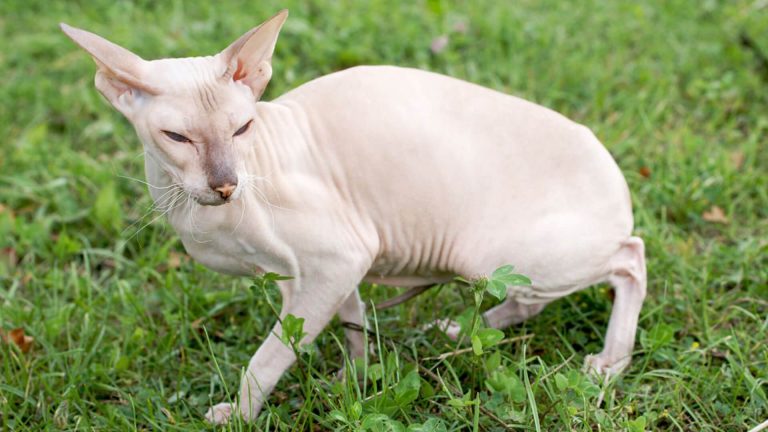Polydactyly or polydactylism derived from Greek means many fingers or toes. It can happen in humans and animals as well. Polydactyl cats are born with more than a conventional number of toes on their paws. Typically a cat has five toes on its front paws and four toes on its back paws.
Polydactyl cats are also called mitten cats, thumb cats, or Hemingway cats. The writer Ernest Hemingway lived on an island in Key West Florida with 50 cats among which many were six-toed polydactyl. In Maine cats that originated in Maine's difficult 100 inches of snowy surroundings have large insulated paws like snowshoes and are polydactyl.

Polydactyl cats belong to Western England, Wales, Canada, and the Eastern United States. It is believed they were brought here through trans-continental ships in 1868. The superstition among the sailors is that polydactyl cats bring good luck. Moreover, these cats can endure the toughest waves of the sea. At the sea, these cats were very good mousers and kept ship supplies infested free. Polydactyl cats are not specific breeds it happens because of genetic anomaly passed through the DNA.
Facts and Information About Polydactyl cats
Polydactyl happens because of genetic mutation in a dominant gene. It is a feature of congenital anomalies. It is manifested through the formation of 4-9 or 4-7 toes in the cat's paws. The front paws are greatly affected but it can also impact the rear paws. It is very rare for a cat to have polydactyl in all four paws. This condition is harmless for the cat's well-being. However, trimming cats becomes extra labor-intensive.
Common cat has 18 toes namely five on the front paws, four on the rear ones. Mitten paws happen when the extra toes are formed in the center or the medial side of the paw giving it a mitten-like look. These are also named snowshoes paws, Bigfoot cat, or pancake feet. If only one parent cat is polydactyl, 40-50% of kittens will be born with extra toes.
Polydactyl toes are advantageous to the cat. The paws are wider and larger. They can balance better on different surfaces, climb swiftly & hunt efficiently.
In case you have a pet polydactyl cat, arrange for a scratching post or board otherwise, the furniture will be damaged beyond repairs. One must understand that this is not a deformity in a cat. The problem is encountered when there are overgrown or ingrown claws leading to discomfort. Thus we can in the short state;-
- Polydactylism is a hereditary condition
- Certain locations globally have more of these types of cats
- The extra toes are not always at the same place
- This condition is not problematic for the cat
What People Are Reading:
Frequently Asked Questions
Some frequently asked questions related to polydactyl cats:
What are Polydactyl Cats' Worth?
Polydactyly cats crop up in any breed of a cat if one parent has this condition. Maine cats are more costly but others are affordable.
Can Polydactyl Cats be Declawed?
This is no necessity to declaw the extra claw or total toe. If the exit toe is a thumb it will mostly be off the ground. Thus wear and tear will not be much. This may cause the claw to grow very long and it may cause friction into the paw pad.
Can Polydactyl Cats Pick Things up?
They can climb and pick things with ease.
Do Polydactyl Cats Live Longer?
Polydactyl cats' longevity is like any normal cat.
Do Polydactyl Cats Have Health Problems?
Some of the health issues faced by these cats include infections, slit ingrown and embedded claws as well as toes. All of this can lead to an abscess. These cats need attentive care.















